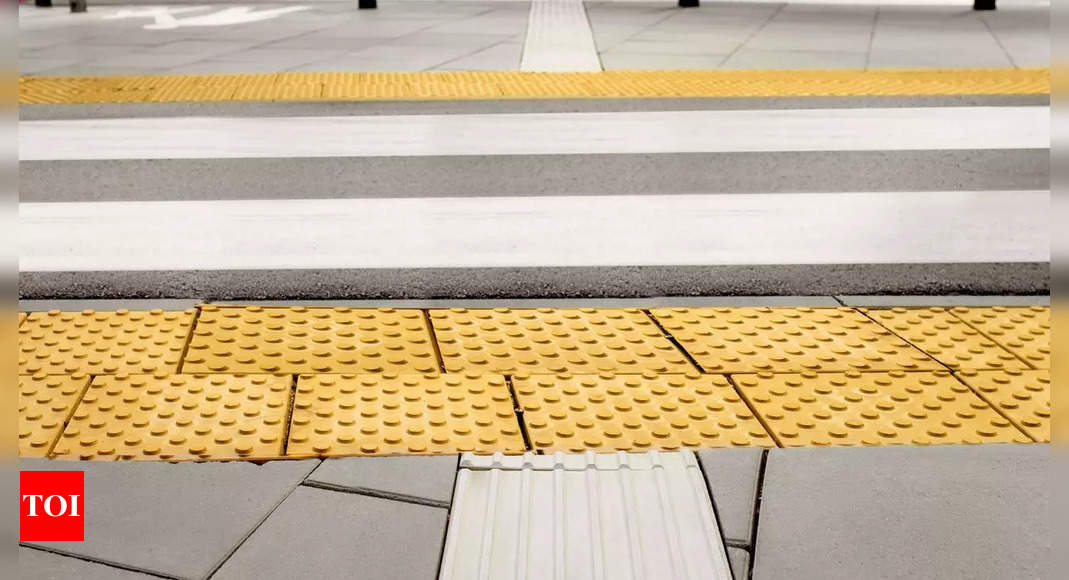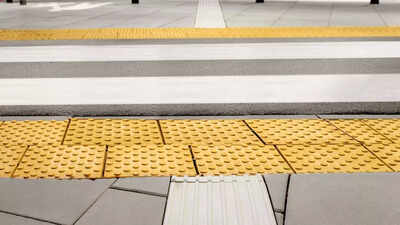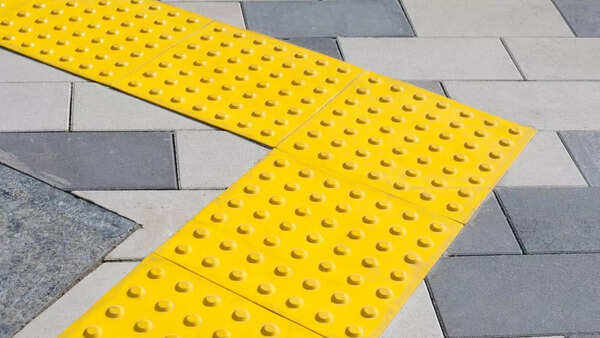Now Reading: Understanding the Yellow Striped Tiles at Metro and Railway Stations
-
01
Understanding the Yellow Striped Tiles at Metro and Railway Stations
Understanding the Yellow Striped Tiles at Metro and Railway Stations

Quick Summary
- Public transport systems incorporate tactile tiles to aid visually impaired passengers.
- These yellow tiles, known as tactile or Braille blocks, help individuals navigate safely.
- Invented in 1965 by Seiichi Miyake in Japan; first used in Okayama City in 1967.
- The design features straight lines for guidance and circular dots for caution areas.
- Indian metros and railway stations also use additional aids such as Braille buttons, voice announcements, tactile strips on escalators, wheelchair ramps, and audio-visual instructions.



Indian opinion Analysis
The inclusion of tactile paving and other accessibility elements in India’s public transport infrastructures highlights a progressive move towards inclusivity. By aiding individuals with disabilities through such measures, public spaces become more user-kind for everyone. This not only empowers those who are differently abled but also advances societal values toward equal access. As these features continue to evolve with new technologies and designs, they reflect broader commitments to creating an inclusive urban environment that acknowledges the importance of accessibility for all citizens.




























